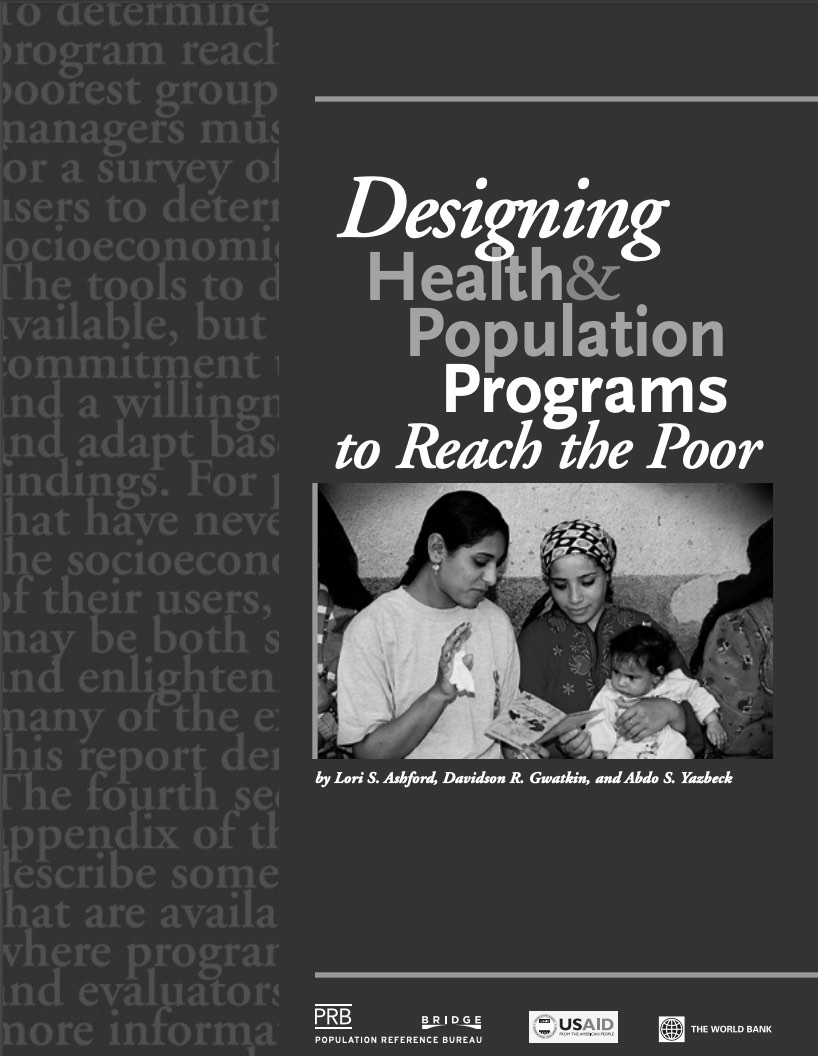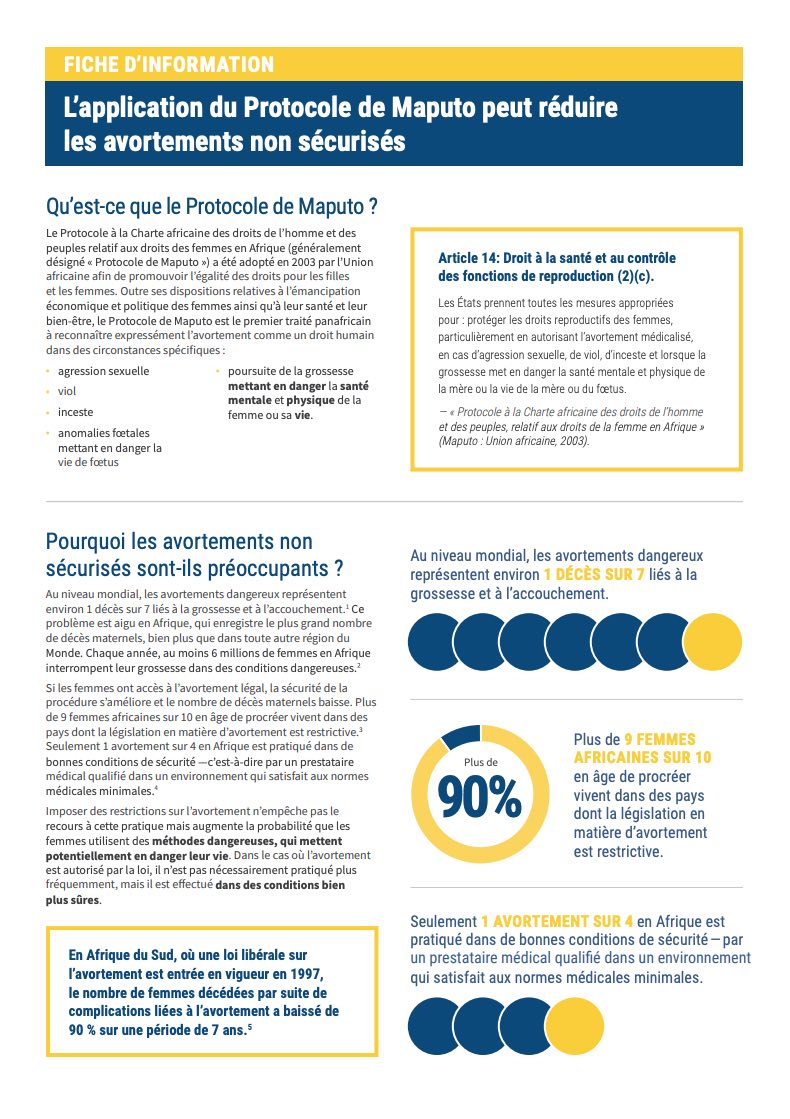Urbanization Takes on New Dimensions in Asia’s Population Giants
(October 2001) For the first time, more half of the world's population will be living in urban areas by the end of this decade.
(October 2001) For the first time, more half of the world's population will be living in urban areas by the end of this decade.
(2011) Egyptians know some dates by heart: July 26, 1952, marks the overthrow of Egypt's last monarch; Oct. 6, 1973, is the date of the country's attack to reclaim the Sinai Peninsula. Now another date can be added to that list: Jan. 25, 2011, the first day of antigovernment protests that led to President Hosni Mubarak's resignation 18 days later.
(April 2008) The Middle East and North Africa includes some of the world's fastest growing countries, and the region as a whole saw its population quadruple in the second part of the 20th century, from 104 million to 400 million.
(2008) Unsafe abortion is one of the most neglected public health challenges in the Middle East and North Africa (MENA) region,1 where an estimated one in four pregnancies are unintended—wanting to have a child later or wanting no more children.2


How are women faring around the world—and what can the United States learn?

Project: Strengthening Evidence-Based Policy to Expand Access to Safe Abortion (SAFE ENGAGE)
Le Protocole à la Charte africaine des droits de l’homme et des peuples relatif aux droits des femmes en Afrique (généralement désigné « Protocole de Maputo ») a été adopté en 2003 par l’Union africaine afin de promouvoir l’égalité des droits pour les filles et les femmes.